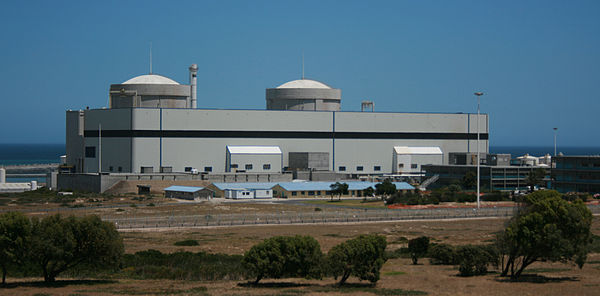South Africans were left shaken by the news that three tremors rocked the country within the space of a week. Concerns are now being raised over the safety of the Koeberg nuclear power station after the discovery of a previously unknown geological fault zone.
According to the Sunday Times, the fault zone lies in Table Bay, closer to the Koeberg power station than the epicentre of the 1969 earthquake in Tulbagh.The Council for Geoscience has confirmed this, but says there is no evidence that the new fault is active or poses a seismic threat.
Council spokesperson David Khoza explains that the fault is not newly-formed, but is actually an ancient structure that they have recently discovered.
“This fault has been present for at least the last 100 million, if not 500 million, years,” he said.
Koeberg, which is Africa’s only nuclear power station, is allegedly designed to withstand earthquakes of up to 7.5 on the Richter scale. Eskom reports that the recent seismic events did not impact on the power plant, and that an emergency plan is in place in the event of a threat.
“There is a well-established emergency plan should there be any threat. Depending on the level, this may include the municipality’s emergency services and the police, who will all follow the established protocol upon activation by the Koeberg emergency services. All of this is approved by the National Nuclear Regulator,” said Eskom spokesperson Sikonathi Mantshantsha.
Concerns over Koeberg’s safety grew further after the first of six new replacement steam generators arrived at the plant on Wednesday, September 30. The steam generators weigh approximately 380 tons each and are about 20 metres long, and the first three will be installed into Unit 1 between February and June 2021.
Picture: Wikipedia Commons

